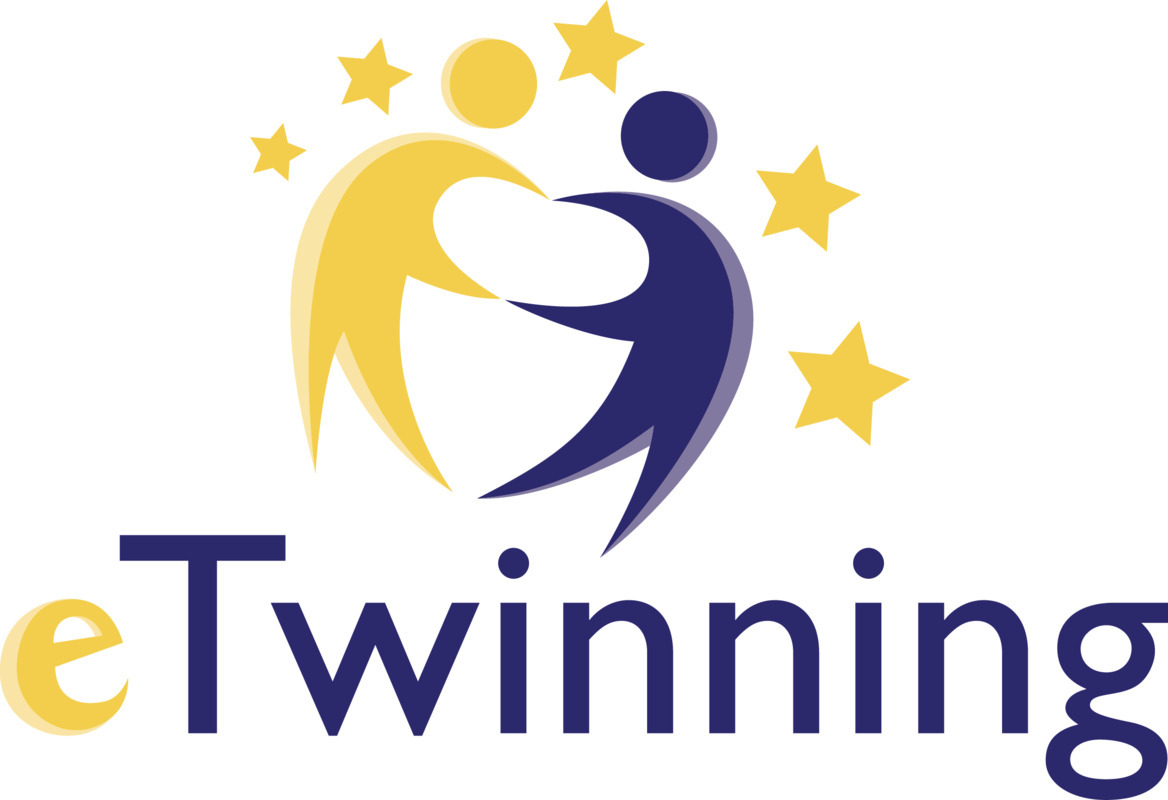eTwinning eSafety rules
eTwinning: Tietosuoja projekteissa
eTwinningissä suhtaudutaan vakavasti oppilaiden yhteistyön turvallisuuteen ja yksityisyyden suojaamiseen. Kannusta ja ohjaa oppijoita olemaan aina osallistavia, kunnioittavia, suvaitsevia, kohteliaita ja ystävällisiä toisia kohtaan. eTwinningissä ei suvaita minkäänlaista kiusaamista tai häirintää.
Linkki Oriveden digipolkuun
Julkaiseminen TwinSpacessa
Kun julkaiset sisältöä TwinSpacessa, otathan huomioon ainakin seuraavat asiat:
- Jos lataat lyhyitä videoleikkeitä tai kuvia, jotka sisältävät kolmansilta osapuolilta tulevaa materiaalia (kuten ääntä, musiikkia, puhetta tai valokuvia), varmista, että sisällön tarjoajat/omistajat ovat antaneet suostumuksensa tai kirjallisen luvan materiaalin käyttöön.
- Varmista, että kaikki videolla/valokuvassa näkyvät henkilöt ovat antaneet selvän suostumuksensa kuvansa tai äänensä käyttöön videolla/valokuvassa.
- Kaikkia oppilaidesi henkilötietoja (nimi, sähköpostiosoite, kotiosoite, kuva jne.), joita joudut mahdollisesti keräämään projektiasi varten, käsitellään EU:n yleisen tietosuoja-asetuksen mukaisesti.
- Harkitse tarkkaan aina ennen kuin julkaiset mitään! Et saa julkaista omia tai muiden eTwinnaajien henkilökohtaisia tietoja (esimerkiksi henkilökohtaisia puhelinnumeroita tai osoitteita, luottokorttitietoja tai muita yksityiselämän tietoja) etkä intiimejä kuvia tai videoita.
Lisäohjeita ja vinkkejä työskentelyyn
- Oppilaiden kuvina on suositeltavaa käyttää avattaria (henkilöä edustava kuvake tai virtuaalihahmo). Jos opettaja päättää käyttää avattarien sijasta oppilaiden oikeita valokuvia, hänen tulee aina pyytää siihen lupa oppilailta tai vanhemmilta.
- Valokuvien merkitseminen vesileimalla on lisäkeino suojata oppilaiden kuvia. Vesileimattuja kuvia ei voi kopioida tarkoitetulta julkaisusivustolta ja käyttää muihin tarkoituksiin.
- Varmista, että oppilaiden välinen vuorovaikutus ja yhteistyö on turvallista. Varmista lisäksi, että oppilaat tietävät, mihin toimiin ryhdytään, jos joku rikkoo sääntöjä.
- Käyttäjien tulisi myös välttää julkaisemasta yleistä tietoa, josta henkilö on helposti tunnistettavissa; etenkin, jos kyseessä on alaikäinen. Mikäli julkaiset tällaista tietoa, älä saata niitä julkisesti saataville.
- Kun käytät alustoja tai työkaluja eTwinningin ulkopuolella, varmista, että ne ovat turvallisia ja oppilaille soveltuvia. Yleisen tietosuoja-asetuksen ja tietosuojakäytännön osalta muistutetaan, että kaikkien osallistujien on oltava tietoisia siitä, että jotkin työkalut saattavat siirtää henkilötietoja EU:n ulkopuolelle.
EU:n yleinen tietosuoja-asetus (GDPR) edellyttää vanhempien suostumusta tilanteissa, joissa digitaalisia palveluja tarjotaan suoraan alle 16-vuotiaille. Suostumus on toiminnan oikeuttava peruste. EU:n jäsenvaltiot voivat kuitenkin halutessaan ottaa käyttöön alemman ikärajan, joka voi olla 15, 14 tai 13 vuotta. Suomessa tämä ikäraja on 13 vuotta (marraskuusta 2018 eteenpäin).
Tutustu suostumusta koskevaan lainsäädäntöön eri maissa ja lisätietoihin internetin turvallisesta käytöstä alla olevista artikkeleista. Lataa käyttöösi myös eTwinningin lupalappu huoltajalle, ja tutustu Copyright and GDPR, eTwinning -koontiimme tekijänoikeuksista ja tietosuojasta alta!
eTwinning eSafety rules:
https://peda.net/orivesi/kansainvalisyys-ja-kestava-tulevaisuus/etwinning/etwinning-esafety-rules
https://www.oph.fi/fi/hankkeet/etwinning-projekti
https://www.oph.fi/fi/ohjelmat/kuinka-teen-laadukkaan-projektin
Lue lisää suostumusta koskevasta lainsäädännöstä eri EU-maissa
eTwinning lupalappu huoltajalle
Käsikirja "Blended learning for high quality and inclusive primary and secondary education"
eSafety rules in eTwinning projects
Be inclusive. Everyone’s opinions and views are always welcomed and allowed within the boundaries set in this Code of Conduct. eTwinners are encouraged to look beyond their own perspective, relate to different cultures and show sensitivity when including other eTwinners in their events, projects, groups, and networking activities – both online and on-site. eTwinning fosters understanding, empathy and openness towards one another with the aim of making the community a safe, harassment-free space.
Be respectful. Members of the eTwinning community must be respectful when dealing with their peers and interacting with one another. Respecting other people, and their activities on this platform, and assuming that their actions are motivated by good intentions will make eTwinners not only feel comfortable and safe, but also motivated and productive. eTwinners cannot insult or put down others, or incite violence against people based on their race, ethnicity, national origin, religion, sexual orientation, or gender, and/or as a member of a country, group, or minority.
Be tolerant. Disagreement is inevitable, from time to time. Tolerance for the views of others drives the pragmatic approach encouraged in this community. What is important is to seek constructive solutions to disagreements and differing views, always within the limits as described and defined in this Code of Conduct, and accept that some cases may result in “agreeing to disagree”.
Be polite and friendly in all forms of communication – especially remote communication, where opportunities for misunderstanding are greater. Being polite means being aware and respecting the feelings of other people and showing it. As home of all eTwinners, the eTwinning area of the European School Education Platform is the online space where they can express freely, exchange easily and elaborate considerately their ideas and thoughts and treat equally the ones of other eTwinners. This means doing our best to carefully choose words and content in events, projects’ materials, online and onsite meetings descriptions, posts, and messages.
